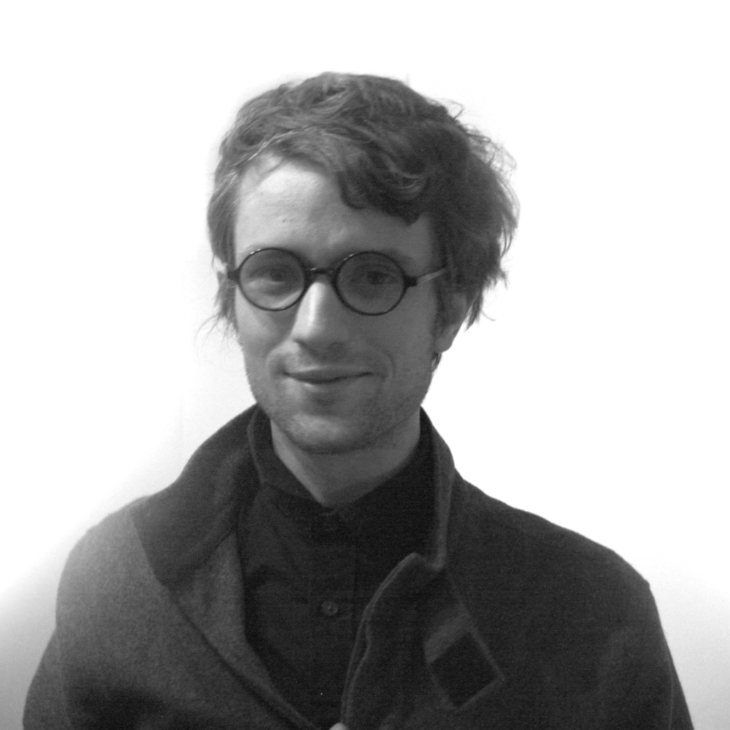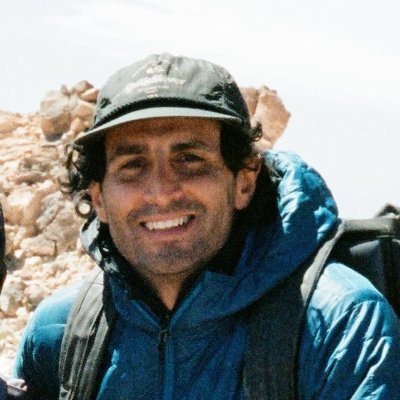Abstract
The internet is inflationary, and constantly evolving from being a space for navigation into a space for actual production. Web Based Applications are becoming more efficient, thus claiming a bigger share of a market that is becoming of high value in the AEC industry. Often; collaboration and interoperability are key elements in the measuring of their success.
In these podcasts we spoke with AEC industry leaders from Speckle (Dimitrie Stefanescu and Matteo Cominetti) and Hypar (Andrew Heumann) to discuss the diverse possibilities of web-based BIM services as an alternative or maybe, an additive to conventional BIM tools.
Expert Profiles
Dimitrie is a Marie Curie Fellow (ESR) at The Bartlett School of Architecture, UCL, where he researches and enables novel ways of communicating data for the design & AEC industries. He specialises in both backend (nodejs, mongodb) and frontend development (vuejs, threejs) as well as .NET (grasshopper, rhinocommon).He has previously worked in Brussels as an architect and in Stuttgart & Berlin as a teaching fellow after graduating from TU Delft.

Matteo is a hybrid architect, engineer and programmer. He possesses a multidisciplinary background in architecture, engineering, and software development, focusing on enhancing BIM, virtual design and construction, parametric design and open standards. He has worked at Arup, Foster + Partners, WeWork and CASE Inc. Matteo has brought a lot of innovation, especially in regards to issue tracking in the AEC industry, automation of design tasks and integration of BIM software.

Andrew is an architectural designer, generative artist, software developer, and educator, his work interrogates the technical and creative possibilities of design computation and architectural automation. He contributed to numerous projects as a Design Computation Specialist at NBBJ in Seattle and Woods Bagot in New York before joining WeWork in 2017 as a senior researcher working on automating interior layouts. Andrew has authored over 20 plugins for Rhino/Grasshopper and Revit/Dynamo, including Human and Human UI, which together have been downloaded more than 100,000 times. Currently he works as a software developer at Hypar, building the next generation of generative tools for Architecture, Engineering, and Construction.

Interview Questions
Section 001 – Introductory & Background Questions
Section 002 – Focus on challenges faced by web-based applications
Section 003 – Opportunities presented by web-based applications over conventional tools
Section 004 – Focus on BIM Maturity
Section 005 – Focus on the future developments
What we learnt
Over the two podcasts were learnt a lot and to summarize we can highlight:
- Open source goals are key influences in the creation of some of the most innovative and efficient web-based products in the AEC industry, this movement is led by visionaries eager to push the AEC community workflows to higher efficiencies, and the active collaboration by AEC participants often makes the growth of web-based solutions quite rapid.
- For a web-based solution to be intuitive, the designers of the platform need to establish a way to recreate the anticipated user’s mental model of a design problem in order for the developers to provide an intuitive interface, however this is not an easy process as different people define a design problem in different ways.
- Due to the negative connotations related to conventional BIM platforms, web-based interfaces have to present themselves tactfully to not be associated with the negatives, even though they will be heavily involved in the BIM world and its processes
- As web-based solutions develop new agendas can also emerge, and it’s’ imperative to always define a clear mandate for the web-based platform, an example could be whether to incorporate authorship or stick to data management as a web-based solution evolves
- Web-based platforms can function as tools to develop other tools
- The impacts of automation can be detrimental to the creative process if left unchecked.
Credits
Web-based Interfaces for BIM/Design Solutions s a project of IAAC, Institute for Advanced Architecture of Catalonia developed at Master in Advanced Computation for Architecture & Design in 2021/22 by:
Students: Gerald Mandevhana, Mahmoud Ramdane
Lead faculty: Maite Bravo